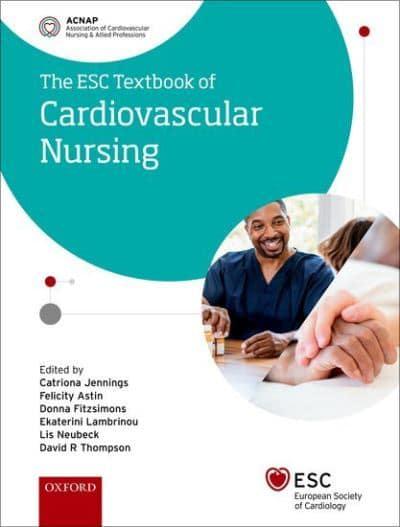

Most ebook files are in PDF format, so you can easily read them using various software such as Foxit Reader or directly on the Google Chrome browser.
Some ebook files are released by publishers in other formats such as .awz, .mobi, .epub, .fb2, etc. You may need to install specific software to read these formats on mobile/PC, such as Calibre.
Please read the tutorial at this link: https://ebookbell.com/faq
We offer FREE conversion to the popular formats you request; however, this may take some time. Therefore, right after payment, please email us, and we will try to provide the service as quickly as possible.
For some exceptional file formats or broken links (if any), please refrain from opening any disputes. Instead, email us first, and we will try to assist within a maximum of 6 hours.
EbookBell Team

0.0
0 reviewsPart of the European Society of Cardiology series, the ESC Textbook of Cardiovascular Nursing provides in depth learning for nurses specialising in caring for patients with coronary heart disease, heart failure, valvular disease, arrhythmias, congenital heart disease and inherited cardiovascular conditions. The textbook builds on the ESC Core Curriculum for the Continuing Professional Development of Nurses Working in Cardiovascular Care.
There are fifteen chapters written by experts in the field. The pathology of coronary heart disease, heart failure, valvular disease, arrhythmias, congenital heart disease and inherited cardiovascular conditions are all discussed in great detail. Whilst tailoring nursing assessment and interventions to the care of patients with heart disease, the textbook emphasises high quality holistic care taking account of the needs of patients with complex comorbidities, as well as their families. The
imperative of prevention and rehabilitation in terms of both primary and secondary prevention is described as well as educational, behavioural and therapeutic interventions. The epidemiology of cardiovascular disease is covered including disease burden and inequalities across European regions. Chapters
devoted to education and communication and pharmacology are also included and the book concludes with a chapter which discusses the future challenges and opportunities for nurses in addition to the evolution of nursing in cardiovascular care.
The target readership of the textbook are nurses entering cardiovascular specialisation and university students undertaking specialist courses in cardiovascular care. The hope of the editors is that the textbook inspires readers to ask questions, search for answers and become the best cardiovascular nurses they can be. There is a strong body of evidence showing that educational provision for nurses increases patient safety and saves lives, the ESC Textbook of Cardiovascular Nursing aims to be
an essential part
…